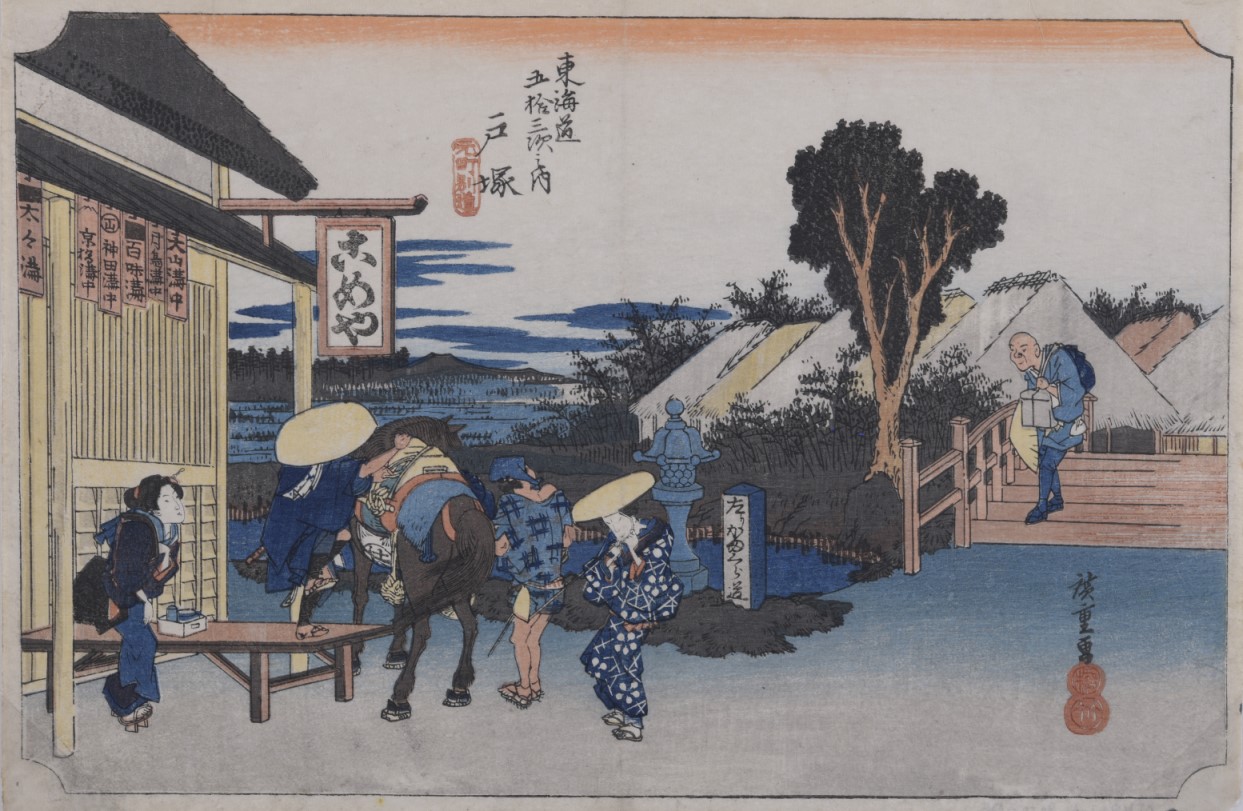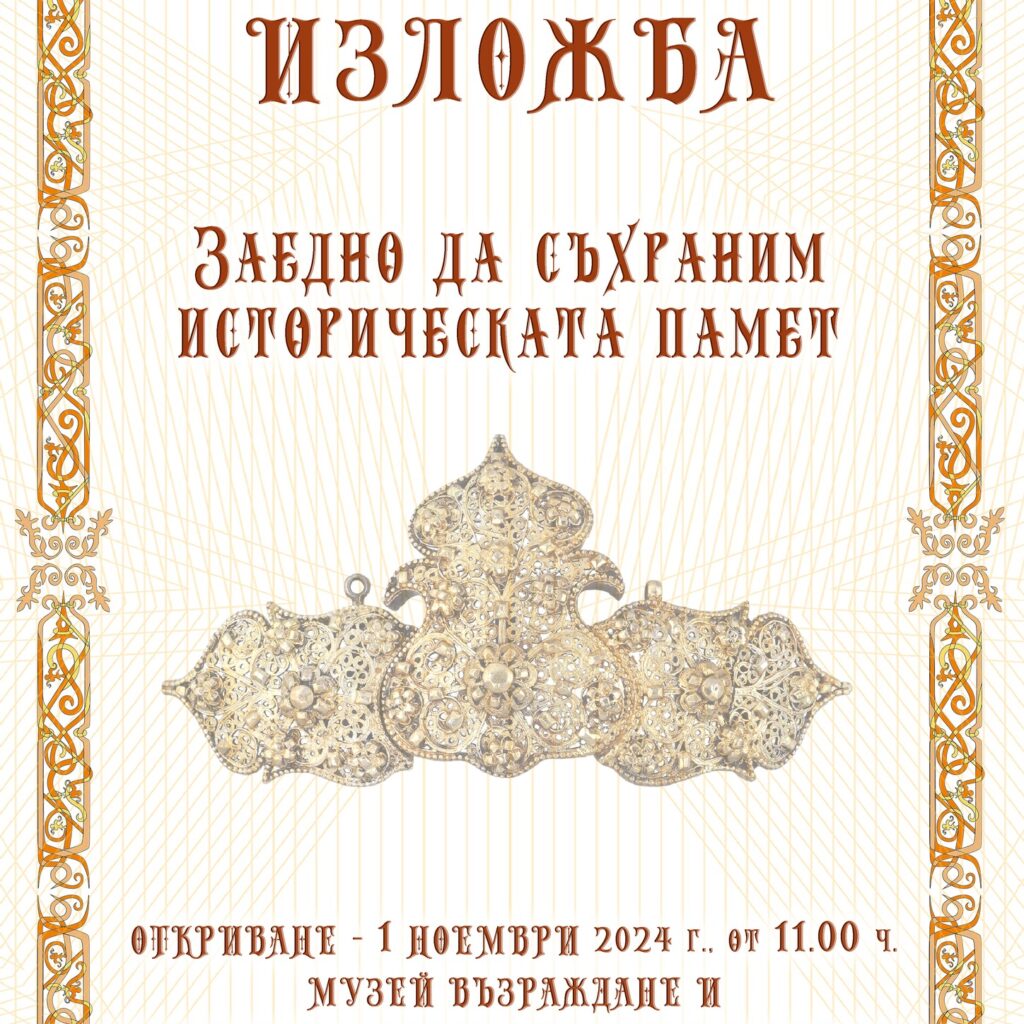Ukiyo-e are traditional Japanese art. Literally translated as ‘pictures of the floating (transient/terrestrial) world’, they are given a new meaning relating to the pleasure society and can be seen as images illustrating everyday life. Japanese ukiyo-e prints captured the urban culture of the Edo period (1603–1868), documented Japan’s opening to the world during the Meiji period (1868–1912), and made their way to European markets. Influenced the development of art and culture in Europe, especially the Impressionists and Post-Impressionists.





